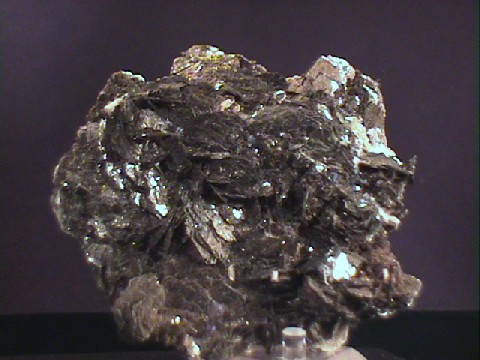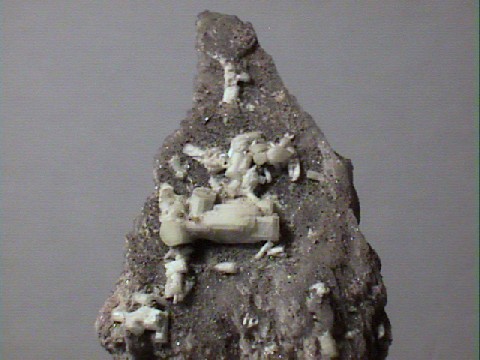 THE MINERAL MILARITE
THE MINERAL MILARITE
- Chemistry: K2Ca4Al2Be4 Si24O60 - H2O, Hydrated Potassium Calcium Aluminum Beryllium Silicate.
- Class: Silicates
- Subclass: Cyclosilicates
- Group: Milarite - Osumilite
- Uses: Only as mineral specimens.
Specimens
Milarite crystals are generally small, but can make excellent micromounted specimens. They are often colored a muted green or yellow and form good prismatic hexagonal crystals. Milarite forms as a primary mineral in granitic pegmatites and syenites, hydrothermal veins and alpine clefts. It has been cut as a gem, but is too rare, small and its general translucency that makes it only suitable to be cut for collectors of rare gemstones. Milarite is named for its locality of first discovery; Val Giuf (Val Milar), Tavetsch, Grischum, Switzerland. Milarite has been known as giufite and giuffite, but milarite is the only accepted name now. Good mineral specimens are available and can be quite attractive, but mostly under magnification.
PHYSICAL CHARACTERISTICS:
- Color is colorless, white, pale green or yellow.
- Luster is vitreous to dull.
- Transparency: Crystals are translucent to transparent.
- Crystal System is hexagonal; 6/m 2/m 2/m.
- Crystal Habits include prismatic crystals with a pinacoidal termination.
- Cleavage is poor in one direction.
- Fracture is subconchoidal.
- Hardness is 5.5 - 6
- Specific Gravity is approximately 2.5 - 2.6 (average)
- Streak is white.
- Other Characteristics: Some specimens are fluorescent.
- Notable Occurrences include the type locality of Val Giuf (Val Milar), Tavetsch, Grischum, Switzerland as well as Jaguaracu, Minas Gerais, Brazil; Valencia Mine, Guananajuato, Mexico; Henneberg, Germany; Kola Peninsula, Russia; Mont Saint-Hilaire, Quebec, Canada; Monte Cervandone, Piemonte, Italy; Langesunsfjord, Norway and Maehren, Czech Republic.
- Best Field Indicators are hardness, color, luster and locality.







